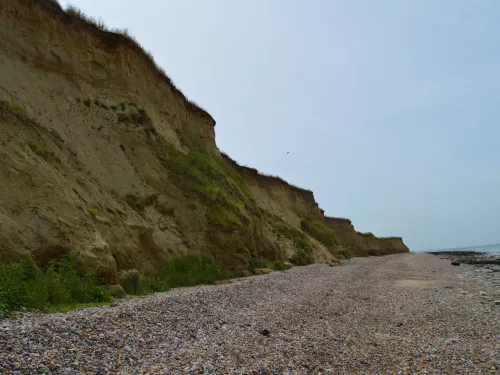
Beaches and Shorelines
Skip the town beach and find an untamed shore to explore. Wild sand and shingle beaches are great places to see the variety of natural habitats and the amazing force of the elements that help shape them.
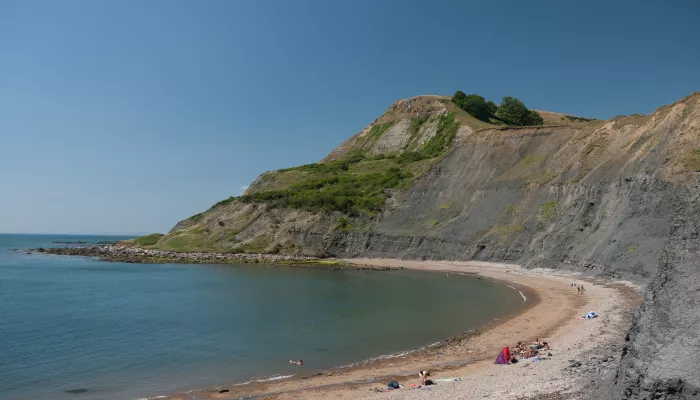
Coastal habitats are found wherever the land meets the sea. With some 17,800km, the UK has one of the longest national coastlines in Europe. The coast is home to many habitats, with cliffs, rocky shores, sand and shingle beaches, sand dunes, mudflats, saltmarshes and grazing marsh.
The movement of glaciers in the Ice Age, changes in sea level and the actions of currents, waves, wind and people have played key roles in the development of our coasts. The ways that rock resists erosion has helped shape shorelines, creating headlands and bays. Equally, the type of sediment and ocean currents determine where sand or shingle beaches form. The coast’s exposure to the elements is also important. Mud and silt washed down by rivers can build up in sheltered areas, forming sweeping mudflats and saltmarshes. These are home to thousands of birds, fish and other wildlife.
Coasts are either eroding or growing through the transfer of sediment, a natural material that is formed by erosion and transported by wind, water or ice.
The erosion of the land by the sea can result in the creation of cliffs. Cliffs formed of hard rock can be steep and are battered by spray. This influences the kind of plants that grow there. Rocky shores are made up of rocks, boulders and pools within and just above the tideline and are often found at the foot of cliffs.
Softer rock is more likely to form ‘slumped’ cliffs, which are shallower and support different habitats. The continuing erosion of cliffs allows sediment to build up on soft shores as cliffs are broken down to form sandy beaches.
The coastline is forever changing; it is a dynamic environment shaped by changes in sea levels or by sudden storms.
In the UK, no-one lives more than 80 miles from the sea. This closeness to the coast has held great cultural significance across the centuries. The sea is still important for peoples’ livelihoods. Many seaside towns now thrive on tourism and recreation. The coast is easily accessible for huge numbers of people, but recreational pressure can take its toll. Large numbers of walkers can damage sand dunes, saltmarshes and shingle beaches. Disturbance is also an issue for breeding birds and seals. This is particularly the case where habitats have been broken up or constrained, hemmed in by development, agriculture or sea defences.
Although the coastline is a naturally shifting boundary between the land and the sea, in many places humans have tried to limit or stop such change. Sea defences stretch around much of the coast (45% in England) in order to prevent the flooding of farmland, towns and villages. This is something of particular concern with the rapid rise in sea-levels due to climate change.
But these barriers do have a negative impact on our wildlife-rich coast. Soft coastal habitats are “squeezed” as the sea erodes them, but sea defences stop them from moving further inland as they naturally would. With less sediment being moved around, many soft shorelines are being eaten away rather than building up naturally.
However, habitats like saltmarsh can act as natural sea defences, protecting homes and businesses near the shore by absorbing the energy of the waves.
In some places, managed realignment is being used; sea defences are deliberately breached to allow coastal habitats to form further inland.
Take care not to disturb wildlife and habitats when visiting the coastline, especially during the breeding seasons for animals like birds and seals. During the summer, many waders and seabirds nest on sand and shingle beaches, and seal pups are born during late autumn and winter. Disturbance at this time can lead to young being injured or abandoned.
The Wildlife Trusts believe that we cannot afford any further reduction in the quality or quantity of our coastal habitats. Allowing these habitats the space to adjust by relaxing artificially fixed sea defence lines will be essential. We are working towards conservation of all coastal habitats and the wildlife they support. We are also working to raise awareness that managed realignment and habitat restoration is an economically viable and environmentally acceptable solution.

Skip the town beach and find an untamed shore to explore. Wild sand and shingle beaches are great places to see the variety of natural habitats and the amazing force of the elements that help shape them.
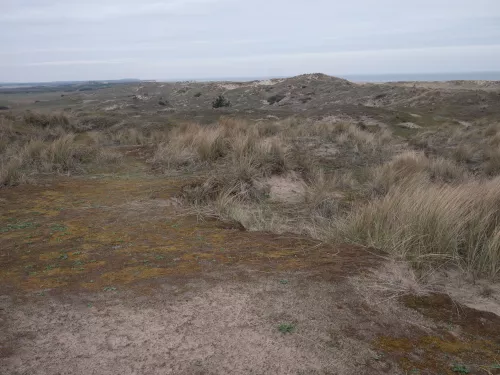
Sand dunes are places of constant change and movement. Wander through them on warm summer days for orchids, bees and other wildlife, or experience the forces of nature behind their creation – the raw power of a winter storm.
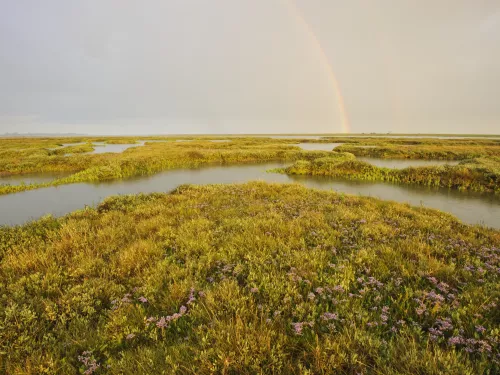
Saltwater marshes and mudflats form as saltwater floods swiftly and silently up winding creeks to cover the marsh before retreating again. This process reveals glistening mud teeming with the invisible life that draws in thousands of birds to feed.
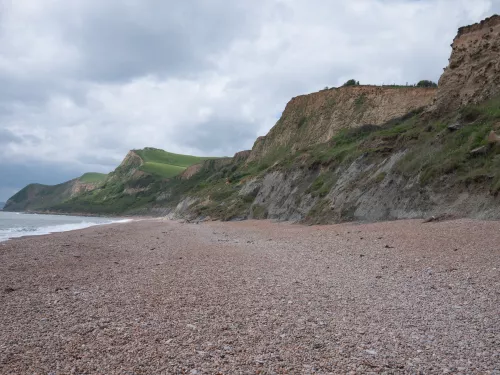
Whether they are tumbles of soft rock home to a variety of invertebrates, or hard, soaring rock faces bustling with huge seabird colonies, cliffs may be challenging to explore but are well worth the reward.
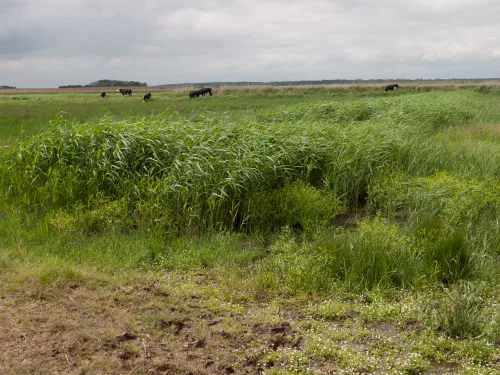
Enormous flocks of geese, ducks and swans swirl down from wide skies to drop onto the flat, open expanses of flooded grazing marshes in winter. In spring, lapwing tumble overhead and the soft, damp ground speckled with cuckooflowers provides excellent…